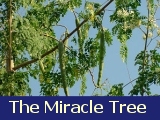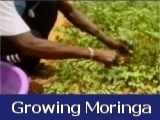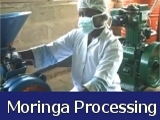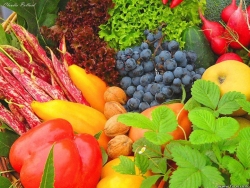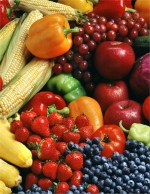
|
Contact usUnited CaribbeanFood For LifeA.B.C.D
Moringa
Drop of Hope School ProjectEcological ReforestationMoringa Agro Glamping |
home>>moringa miracle tree>>moringa nutrition
In fact, they contain larger amounts of several important nutrients than the common foods often associated with these nutrients These include:
Numerous non-governmental organizations in particular - Trees for Life, Church World Service and Educational Concerns for Hunger Organization - advocate Moringa as “natural nutrition for the tropics.” Leaves can be eaten fresh, cooked, or stored as dried powder for many months without refrigeration, and without loss of nutritional value. Moringa is especially promising as a food source in the tropics because the tree is in full leaf at the end of the dry season when other foods are typically scarce.
|
Protein 42%, Calcium 125%, Magnesium 61%, Potassium 41%, Iron 71%, Vitamin A272%, Vitamin C 22%. These numbers are particularly astounding; considering this nutrition is available when other food sources may be scarce. Scientific research confirms that these humble leaves are a powerhouse of nutritional value. Sourced www.naturalnews.com Gram for gram, Moringa green leaves contain:
Nutritional analysis has shown that Moringa leaves are extremely nutritious especially when dried. With the exception of vitamin C there is an increase in all other vitamin content in the dried leaves compared to fresh green leaves.
This information have not been valuated by the Food & Drug Administration. This product is not intented to diagnose, treat, cure, or prevent any disease. Be sure to check with your health care professional before taking any dietary supplement. SOWING SEEDS OF SUCCESS - MORINGA CURRICULUM SUPER FRUIT CURRICULUM NEW LIFE CURRICULUM
|
| Copyright © 2024 www.UnitedCaribbean.com. All rights reserved. Disclaimer Click to Contact us |
